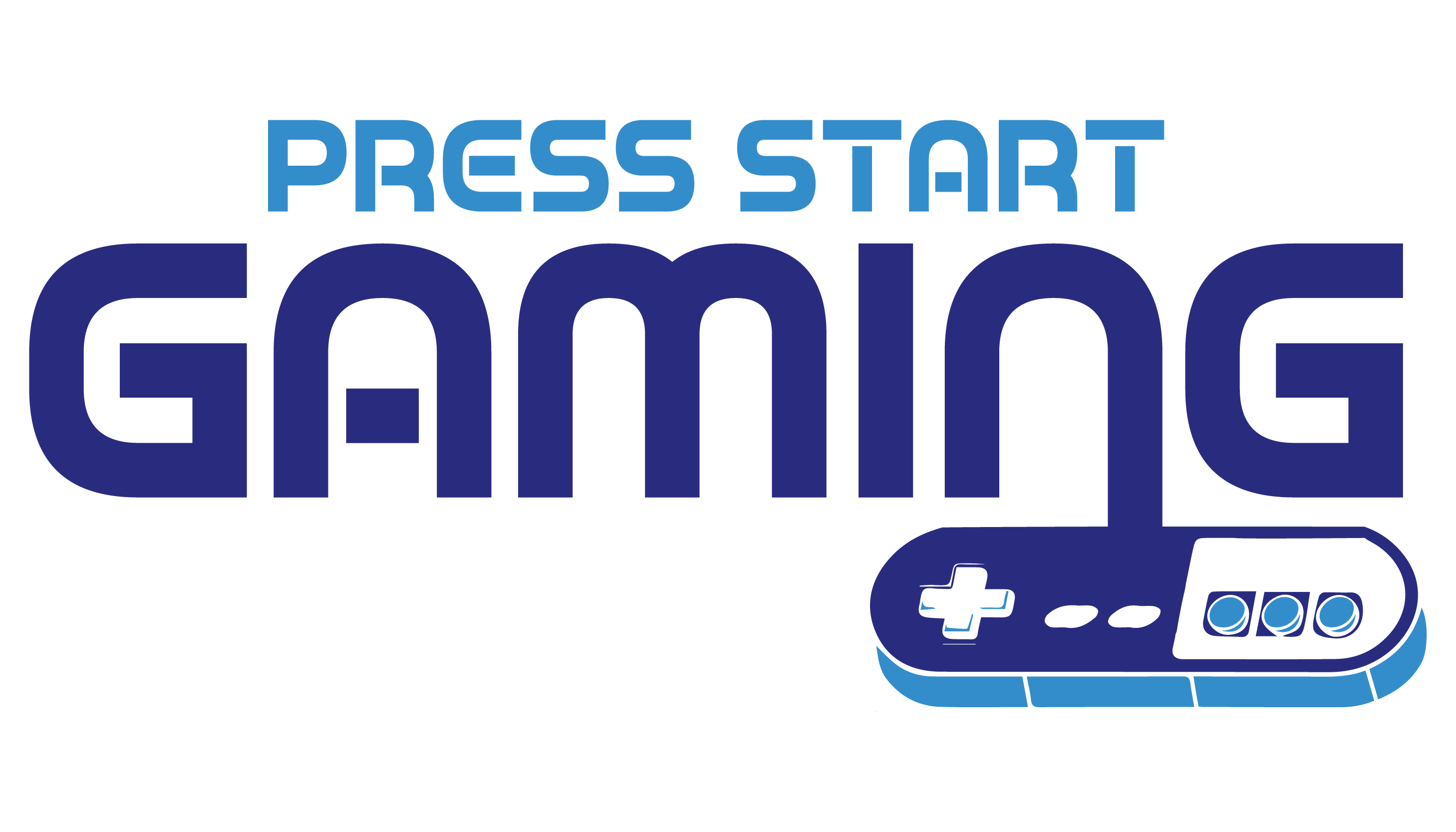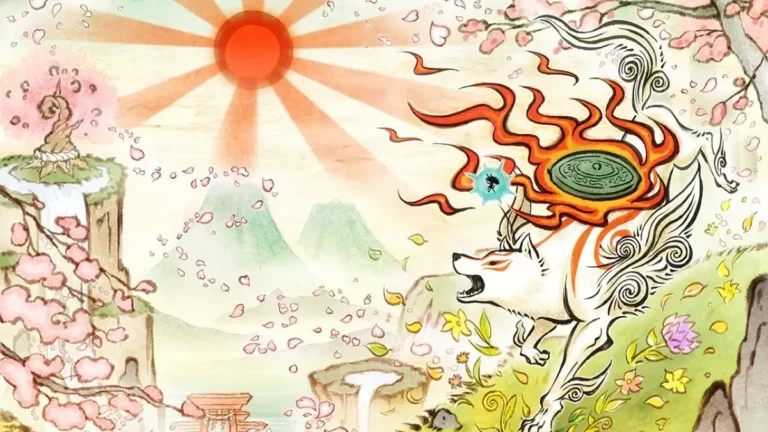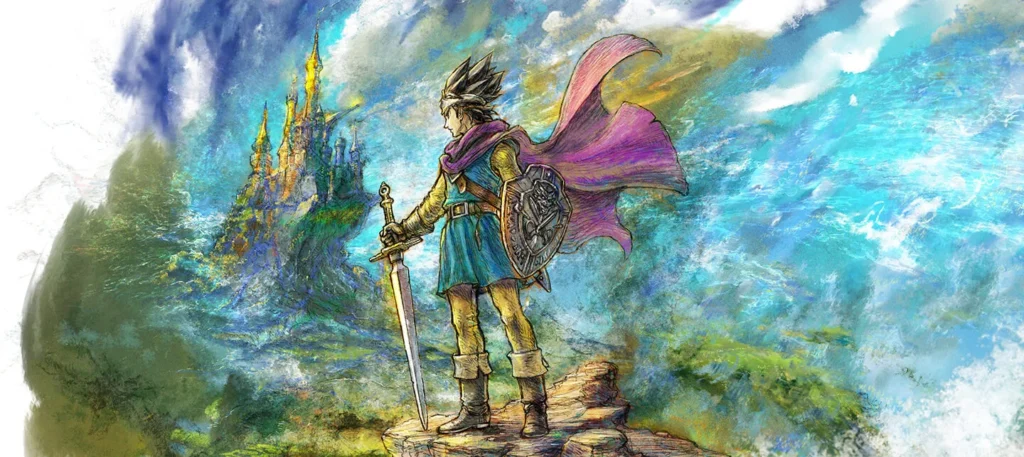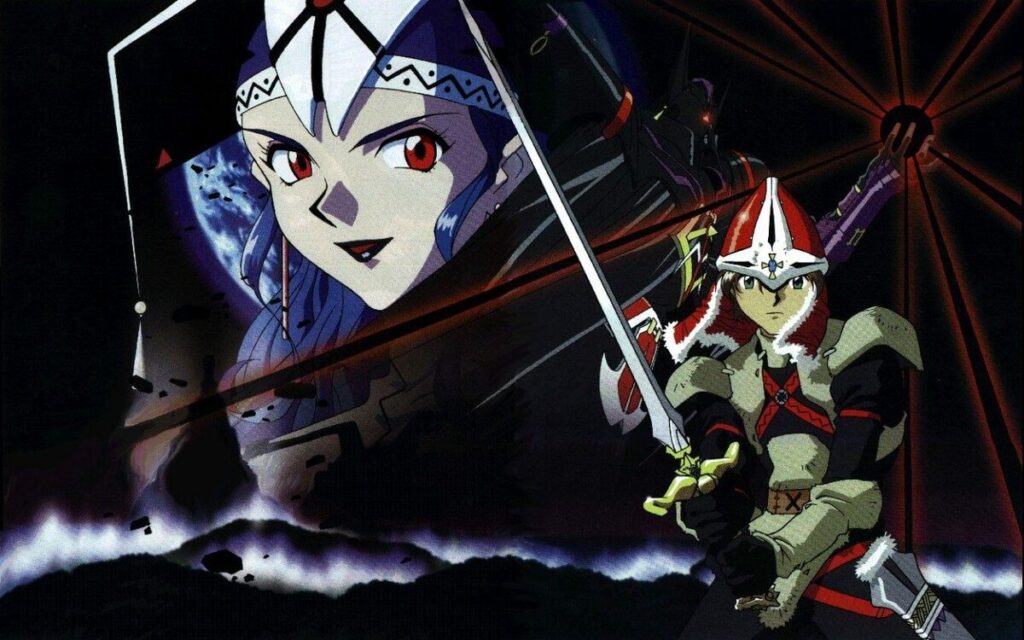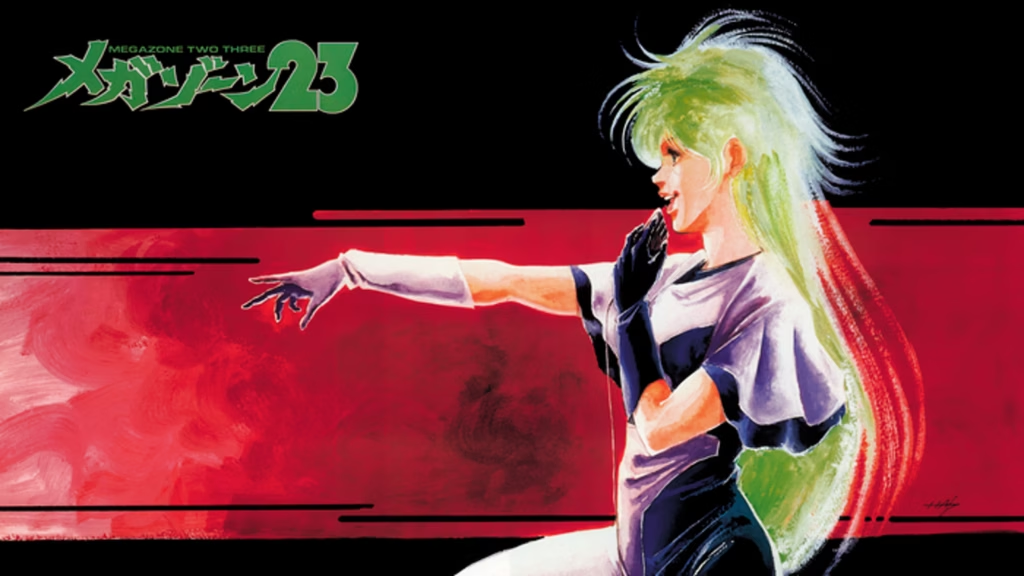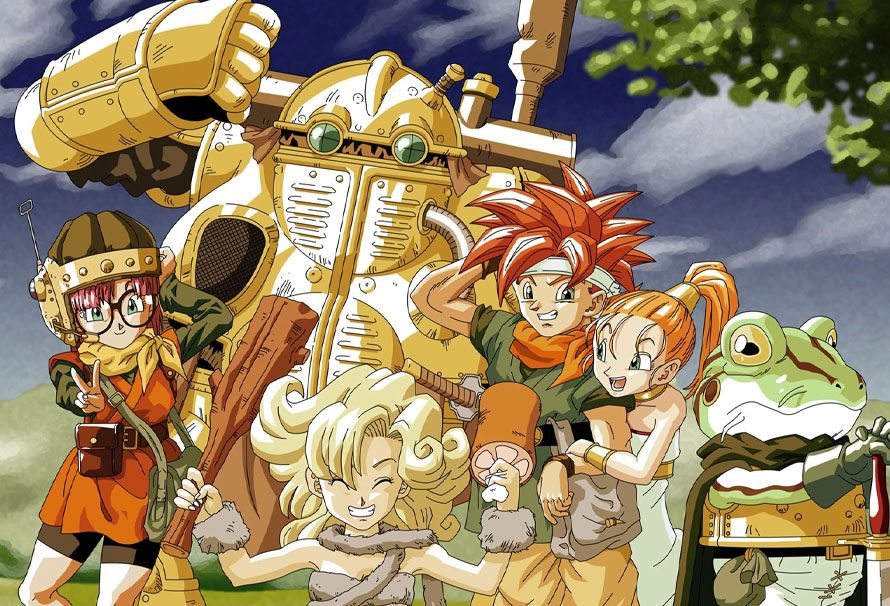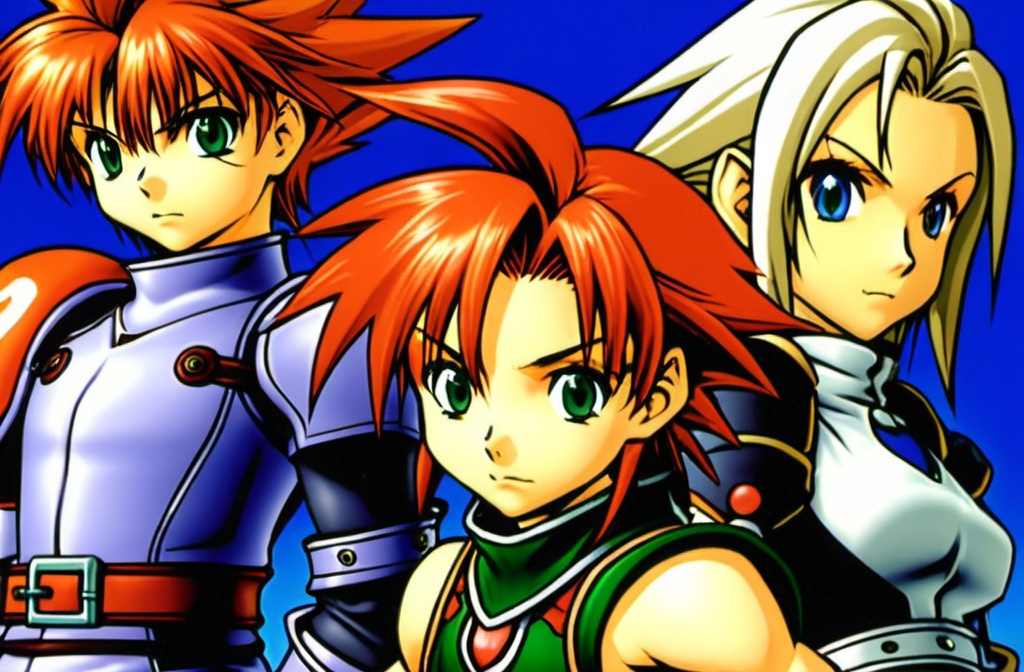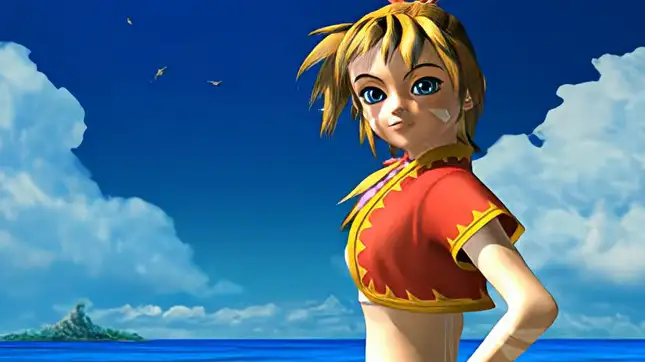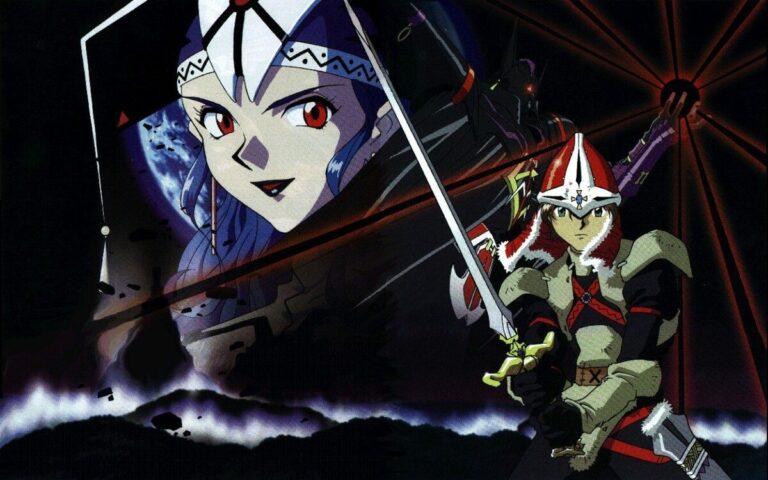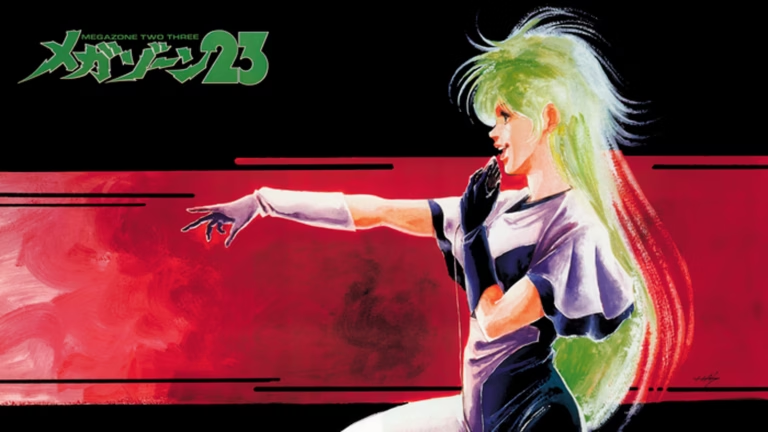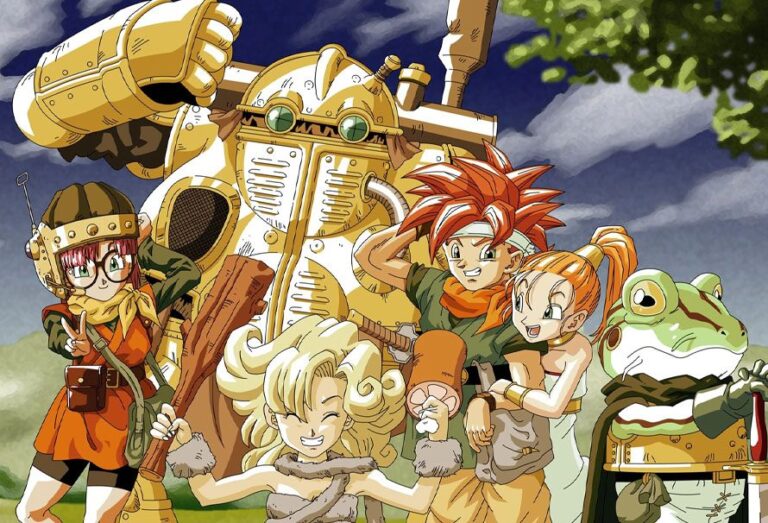Platform | Nintendo Switch, PlayStation, PC |
|---|---|
Publisher | Square Enix |
Genre | Turn-Based RPG |
Release Date | 11/14/2024 |
Originally released in 1988, Dragon Quest III is a landmark title in the RPG genre. As the third installment in the beloved Dragon Quest series, it solidified many of the tropes and gameplay mechanics that would influence role-playing games for decades to come. With its engaging story, customizable gameplay, and memorable world, it became a classic revered by fans worldwide.
Now, with the Dragon Quest III HD-2D Remake, Square Enix breathes new life into this timeless masterpiece. Reimagined with a stunning visual style, a beautifully orchestrated soundtrack, and numerous quality-of-life improvements, the remake not only honors its legacy but introduces it to a new generation of players. This review explores the story, gameplay, visuals, and more to examine whether this remake truly captures the magic of the original.
A Hero’s Journey: The Story of Dragon Quest III
Dragon Quest III is set in the expansive world of Aliahan, where players assume the role of a young hero destined to follow in the footsteps of their legendary parent. The hero’s father, Ortega, was a celebrated warrior who set out to defeat the evil Archfiend Baramos but tragically perished in the attempt. Now, it falls upon the player to pick up the mantle and fulfill the prophecy of saving the world.
The narrative begins humbly, with the hero embarking on a journey to rid the land of Baramos’s growing influence. However, as the story unfolds, it becomes clear that Baramos is but a pawn in a greater cosmic struggle. Players discover the existence of the true villain, Zoma, who threatens not just Aliahan but the parallel world of Alefgard—a nod to the original Dragon Quest game. This revelation ties Dragon Quest III beautifully into the series’ overarching lore, making it a pivotal entry in the franchise.
The remake enhances the storytelling experience with additional cutscenes and character interactions. These moments offer deeper insights into the motivations of the protagonist and their companions, adding emotional weight to the narrative. Themes of heroism, sacrifice, and the cyclical nature of good versus evil are explored with a maturity that resonates even decades after the game’s original release.
Visual Enhancements That Bring Aliahan to Life
The first thing players will notice about the remake is its stunning HD-2D art style. This unique visual approach blends classic pixel art with modern 3D rendering, creating a diorama-like aesthetic that makes every scene feel vibrant and alive.
- Character Sprites: While the characters retain their pixel-art origins, they are rendered with enhanced detail and smoother animations. Each character’s movement, whether in battle or exploration, feels natural and expressive.
- Environmental Design: From the lush greenery of Aliahan’s fields to the eerie, shadowy depths of dungeons, the environments are crafted with meticulous attention to detail. Lighting effects, such as the glow of torches in caves or the shimmer of water in a coastal town, add depth and immersion.
- Dynamic Battle Backgrounds: Combat scenes are now set against animated backdrops that reflect the surrounding environment. These dynamic touches make battles more visually engaging and immersive.
These visual enhancements not only elevate the game’s aesthetic appeal but also serve to immerse players in its fantastical world, making exploration and storytelling more impactful than ever before.
A Masterful Orchestration: Soundtrack and Audio
Koichi Sugiyama’s iconic soundtrack for Dragon Quest III is legendary, and the remake gives it the treatment it deserves with fully orchestrated renditions of the original compositions. Performed by the Tokyo Metropolitan Symphony Orchestra, the music is both nostalgic and grand, capturing the essence of the game’s emotional highs and lows.
- Overworld Themes: The triumphant, adventurous music that accompanies exploration feels more powerful than ever, inspiring players as they traverse Aliahan’s diverse landscapes.
- Dungeon Music: Tense and atmospheric, the dungeon themes create a palpable sense of danger, perfectly complementing the visual design of these areas.
- Sound Effects: Environmental sounds, such as birds chirping or the clatter of armor during combat, add an extra layer of immersion.
The addition of voice acting is another significant upgrade. While subtle and sparingly used, it adds personality to characters and enhances emotional moments, particularly in key story scenes. Combined, the audio elements create a rich sensory experience that draws players deeper into the world.
Gameplay Mechanics: A Blend of Tradition and Modernity
At its heart, Dragon Quest III remains a traditional turn-based RPG, but the remake introduces several improvements to modernize the experience:
- Auto-Save Function: Players no longer need to worry about losing progress due to sudden challenges or real-world interruptions. The auto-save system ensures that progress is preserved at critical points.
- Difficulty Options: For the first time in the series, players can choose between difficulty levels, making the game accessible to newcomers while still challenging veterans.
- Fast Combat: Adjustable battle speed options allow players to speed through repetitive encounters, reducing grind while maintaining the game’s strategic depth.
The remake also retains the beloved class system, which allows players to customize their party. From warriors to mages to martial artists, each class brings unique strengths and abilities. Players can experiment with different combinations to tailor their party to their preferred playstyle, adding a layer of strategy to the gameplay.
Character Customization and Party Dynamics
One of the defining features of Dragon Quest III is its party customization system. At the start of the game, players recruit party members from the local tavern, choosing their classes and assigning them specific roles. The remake retains this feature, allowing players to create a party that suits their strategy and preferences.
- Class Selection: Classes include traditional roles like Warrior, Mage, and Cleric, as well as unique options like the Sage, a hybrid class with powerful magic and support abilities.
- Respeccing and Growth: As characters level up, they can change classes, retaining certain abilities from their previous roles. This encourages experimentation and rewards long-term planning.
The interplay between different classes adds depth to combat, as players must balance offense, defense, and support roles. Whether crafting a balanced team or opting for a more specialized approach, the customization system ensures no two playthroughs are the same.
Exploration and World Design
The world of Aliahan is vast and filled with secrets waiting to be discovered. Towns bustle with life, offering shops, inns, and characters who provide quests or lore. Dungeons are challenging and intricately designed, requiring players to solve puzzles, navigate mazes, and face formidable foes.
The remake’s HD-2D visuals make exploration even more rewarding. Each region has its own unique aesthetic, from snowy mountains to sandy deserts, encouraging players to venture off the beaten path. The inclusion of hidden treasures, rare monsters, and special side quests ensures that every corner of the map feels purposeful and engaging.
New Features and Added Content
To further enrich the experience, the remake introduces several new features:
- Monster Wrangler Class: This new class allows players to recruit and train monsters, adding a unique strategic element to gameplay.
- Monster Arena: Recruited monsters can compete in battles for rewards, encouraging players to seek out and tame the strongest creatures.
- Expanded Lore: New story scenes and side quests provide additional context to the game’s world and characters.
These additions enhance replayability and offer fresh content for both newcomers and returning fans.
Performance and Technical Aspects
While the remake is visually and audibly stunning, it is not without minor technical flaws. Some players have reported frame rate dips during graphically intensive scenes, as well as occasional loading delays. While these issues are noticeable, they are relatively minor and do not significantly detract from the overall experience.
The Legacy of Dragon Quest III
Dragon Quest III is more than just a game—it’s a cultural phenomenon. In Japan, its original release was so popular that it led to a change in the country’s laws regarding game launches. Its influence on the RPG genre cannot be overstated, and its legacy continues to be celebrated through remakes and adaptations.
The HD-2D remake serves as both a tribute to this legacy and a modern reimagining that ensures the game remains relevant for today’s players.
Who Should Play Dragon Quest III HD-2D Remake?
The remake caters to a broad audience:
- Longtime Fans: Those familiar with the original will appreciate the faithful recreation and thoughtful enhancements.
- Newcomers: Updated mechanics and visuals make the game an ideal starting point for those new to the series.
- RPG Enthusiasts: Fans of the genre will find a rich, rewarding experience that combines classic elements with modern polish.
The Dragon Quest III HD-2D Remake is a masterful blend of nostalgia and innovation. Its captivating story, strategic gameplay, and breathtaking presentation make it a standout title on the Nintendo Switch. While minor technical issues exist, they are far outweighed by the game’s strengths.
Score:





Whether you’re a veteran of the series or discovering it for the first time, this remake is an unforgettable journey through one of the greatest RPGs of all time. It’s not just a game—it’s a celebration of the timeless magic of Dragon Quest.
